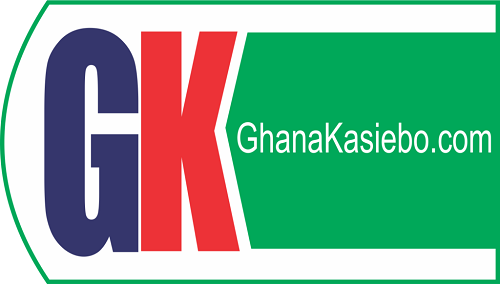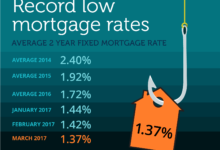Simple way to use home equity

Simple way to use home equity
Home equity is essential because lenders will enable you to borrow against it. It is up to you what you do with that money, but some frequent uses include home improvements, acquiring an investment property, and paying for your children’s post-secondary education.
This is referred to as a home equity loan, because you are borrowing from yourself. Because your property serves as security, financial institutions will normally offer you a lower interest rate than you would get on an unsecured loan or line of credit. The amount of equity you may access is determined on the sort of home equity loan you obtain.
Home equity credit line
In recent years, a home equity line of credit (HELOC) has grown in popularity as a type of home equity loan. A HELOC allows you to access your home equity through an account. It’s essentially a revolving line of credit that you may use whenever you want. You must make monthly minimum payments if you withdraw from it. It works similarly to a credit card, but with a bigger limit and a cheaper interest rate. The amount you can borrow is determined at the start of your term, however it cannot exceed 65% – 80% of the value of your house.
The second mortgage
A second mortgage, as the name indicates, is a mortgage that is in addition to your primary mortgage. The total of these mortgages cannot exceed 80% of the value of your house. The advantage here is that you can withdraw your home equity as a flat amount in cash. While this might help with budgeting, keep in mind that second mortgages have higher interest rates than ordinary mortgages. This is because the second mortgage lender has a lower repayment priority than the original lender. If you default, the primary lender will be reimbursed first from the profits of the house sale, followed by the second mortgage lender from any residual money.
As a result, the risk for the second mortgage lender is higher, which is why they charge more.
Refinancing
Refinancing your mortgage is another option to gain access to the equity you’ve accumulated in your house. Although the maximum amount you may borrow is 80% of the entire value of your property, minus your mortgage balance, it can still be useful. Because you may borrow more money when refinancing, you can utilize part of the equity you build for other purposes, such as paying off high-interest debt. While there may be some expenses, it may be less expensive than obtaining a second mortgage.





